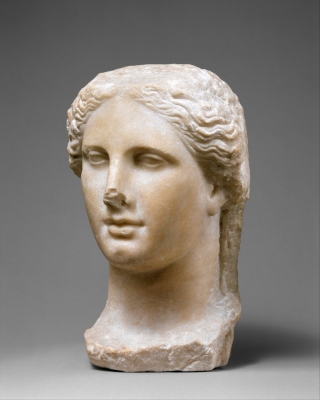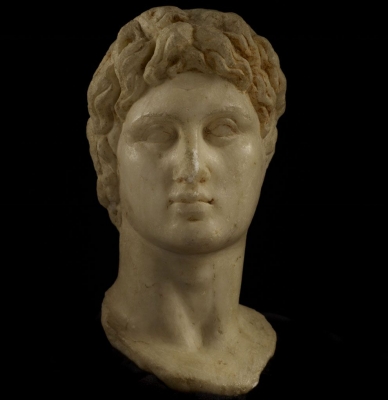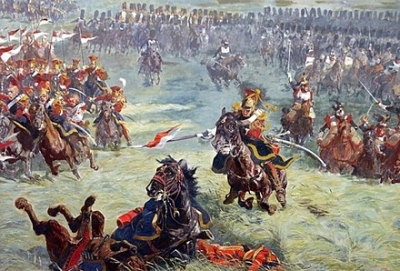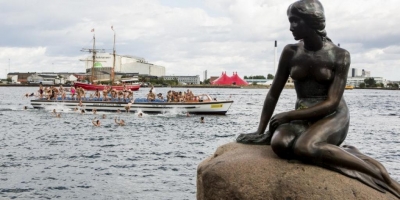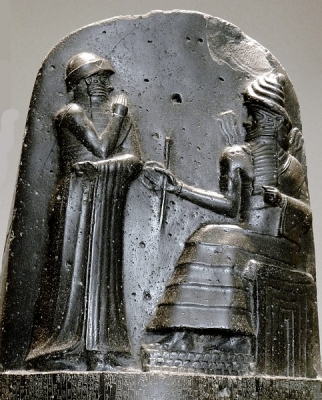
Hammurabi, also spelled Hammurapi, (born, Babylon [now in Iraq]—died c. 1750 BCE), sixth and best-known ruler of the 1st (Amorite) dynasty of Babylon (reigning c. 1792–1750 BCE), noted for his surviving set of laws, once considered the oldest promulgation of laws in human history.
Hammurabi combined his military and political advances with irrigation projects and the construction of fortifications and temples celebrating Babylon’s patron deity, Marduk. The Babylon of Hammurabi’s era is now buried below the area’s groundwater table, and whatever archives he kept are long dissolved, but clay tablets discovered at other ancient sites reveal glimpses of the king’s personality and statecraft.
The Code of Hammurabi was one of the earliest and most complete written legal codes and was proclaimed by the Babylonian king Hammurabi, who reigned from 1792 to 1750 B.C. Hammurabi expanded the city-state of Babylon along the Euphrates River to unite all of southern Mesopotamia. The Hammurabi code of laws, a collection of 282 rules, established standards for commercial interactions and set fines and punishments to meet the requirements of justice. Hammurabi’s Code was carved onto a massive, finger-shaped black stone stele (pillar) that was looted by invaders and finally rediscovered in 1901.
Picture Credit : Google

